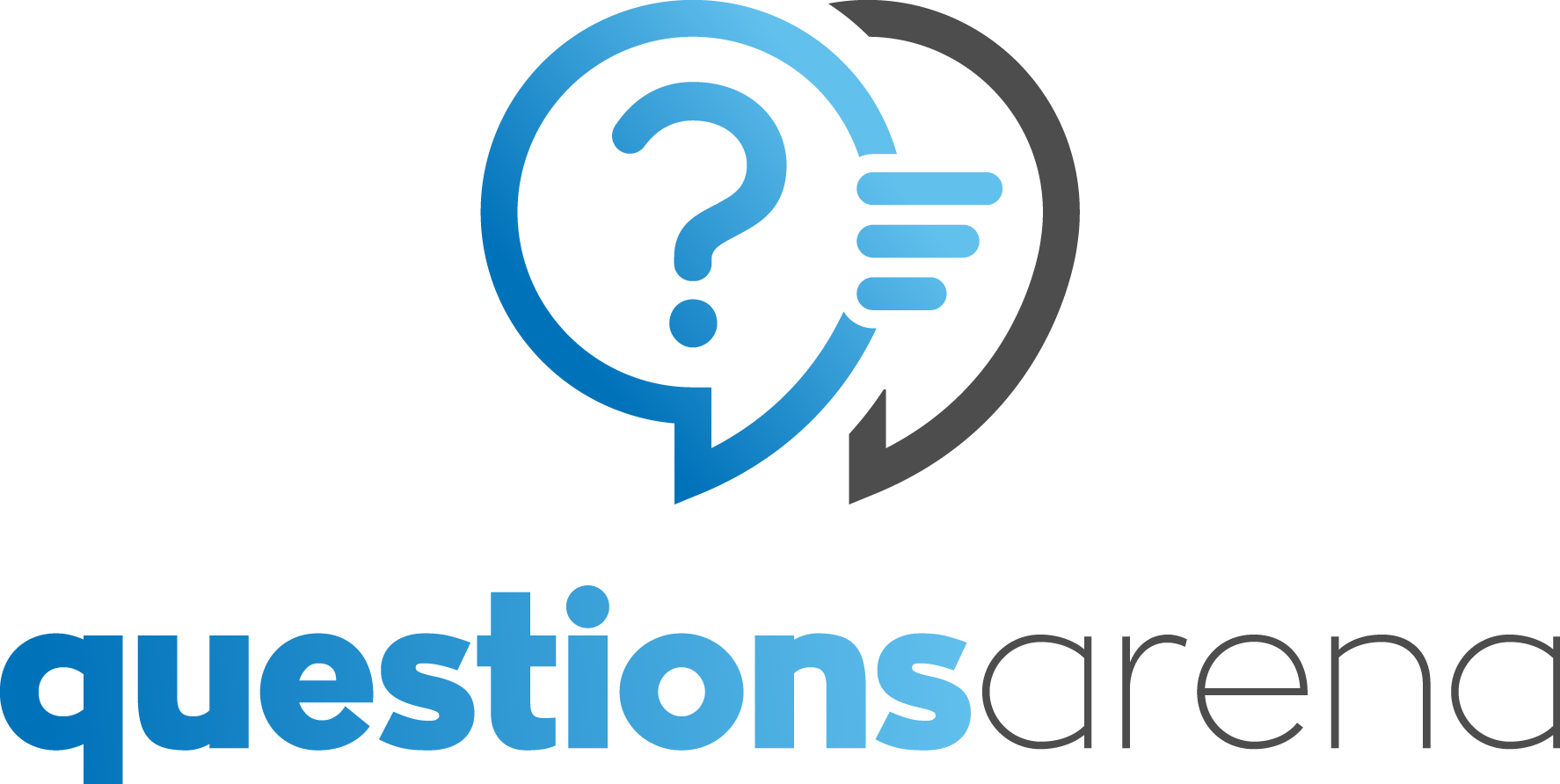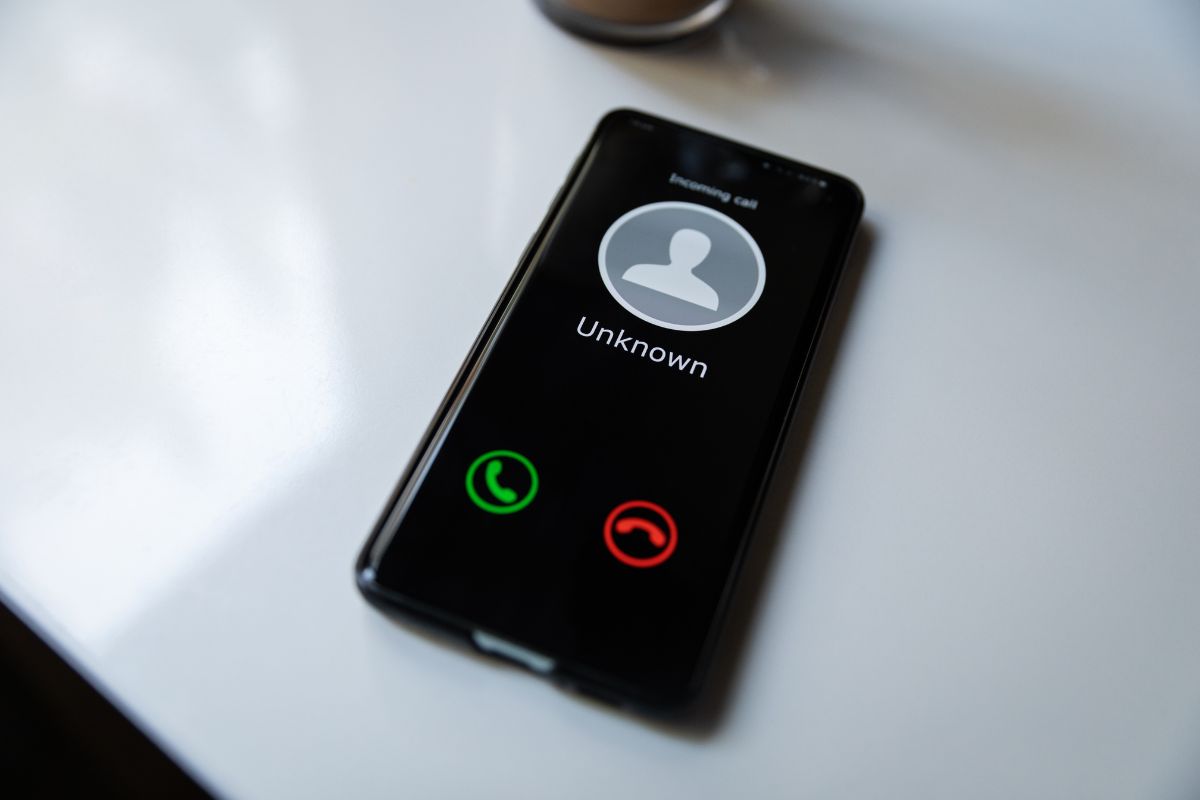There are several reasons why you may receive calls with “No Caller ID” displayed on your phone. The first and most common reason is that the person calling you intentionally blocked their Caller ID. This may be done to maintain privacy or prevent their information from being traced. For example, doctors or lawyers might want to protect their personal numbers when calling patients or clients.
Another reason for receiving “No Caller ID” calls is that the caller may be using a Voice over Internet Protocol (VoIP) service that does not transmit caller information. These services, such as Skype or Google Voice, allow users to make calls using an internet connection rather than a traditional telephone line. While convenient, these services often don’t transmit caller information, resulting in a “No Caller ID” display.
Additionally, some phone carriers or network configurations may cause caller information to be blocked or not transmitted correctly. This can happen due to technical issues or network settings that prevent the caller’s information from being displayed. In such cases, the “No Caller ID” message is a default placeholder when the caller’s information is not available.
“No Caller ID” is the label that appears on your phone when someone calls you without their information being displayed. Instead of showing the caller’s name or number, you’ll see the generic “No Caller ID” message. This can happen for a variety of reasons, and understanding them can help you deal with unwanted or suspicious calls more effectively.
Potential risks associated with “No Caller ID” calls
While “No Caller ID” calls can be innocent or harmless, there are potential risks associated with them. One of the main concerns is the possibility of receiving scam or fraudulent calls. Scammers often use “No Caller ID” to hide their identity and deceive unsuspecting individuals. They may pretend to be from a legitimate organization or government agency, attempting to extract personal information or money from their targets.
Another risk is receiving harassing or unwanted calls. Individuals who wish to remain anonymous or engage in malicious activities may use “No Caller ID” to mask their identity. This can lead to unwanted calls, threats, or even stalking. It’s essential to be cautious and take steps to protect yourself when receiving such calls.
How to handle “No Caller ID” calls
Dealing with “No Caller ID” calls can be challenging, but there are several steps you can take to handle them effectively. Firstly, it’s crucial not to answer or engage with suspicious calls. If you receive a call from “No Caller ID” and suspect it may be a scam or unwanted call, it’s best to let it go to voicemail or ignore it altogether. Scammers often rely on individuals answering their calls to initiate their fraudulent activities.
If you do answer a “No Caller ID” call and realize it’s a scam or unwanted call, hang up immediately. Do not provide any personal information or engage in conversation. It’s also essential to avoid pressing any numbers or following instructions given by the caller, as this can lead to further problems.
Steps to block “No Caller ID” calls
To protect yourself from “No Caller ID” calls, you can take steps to block them. The process may vary depending on your phone model and operating system, but the general steps are as follows:
- Open your phone’s settings.
- Navigate to the “Phone” or “Call” settings.
- Look for the option to block calls or manage blocked numbers.
- Add “No Caller ID” or any other unidentified numbers to the blocked list.
- Save the settings and exit the menu.
By blocking “No Caller ID” calls, you can avoid receiving them in the future and minimize the risk of falling victim to scams or unwanted calls.
Common misconceptions about “No Caller ID” calls
There are several common misconceptions about “No Caller ID” calls that are important to address. One misconception is that all “No Caller ID” calls are scams or unwanted calls. While it’s true that many scams and unwanted calls come from blocked numbers, not all “No Caller ID” calls are malicious. As mentioned earlier, doctors, lawyers, or other professionals may intentionally block their Caller ID to protect their privacy.
Another misconception is that blocking “No Caller ID” calls will prevent all unwanted calls. While blocking “No Caller ID” calls can be helpful, scammers and unwanted callers often use different tactics to bypass such blocks. It’s crucial to remain vigilant and continue to be cautious with any unidentified calls, even if you have blocked “No Caller ID” numbers.
Alternatives to “No Caller ID” calls
If you often find yourself needing to make calls without revealing your caller information, there are alternative methods you can use. One option is to use a service that provides temporary or disposable phone numbers. These services allow you to make calls without revealing your actual phone number. Examples of such services include Burner, Hushed, or Google Voice.
Another option is to use a call masking or call forwarding service. These services allow you to display a different phone number when making calls, protecting your real number from being displayed. This can be useful for business or personal purposes, where maintaining privacy is important.
Additional resources for dealing with “No Caller ID” calls
If you’re dealing with persistent “No Caller ID” calls or want more information on how to handle them effectively, several resources can help. Online communities and forums dedicated to phone and call-related discussions often provide valuable insights and tips. Websites such as CallerSmart, Truecaller, or Hiya offer caller identification and spam detection services that can help identify and block unwanted calls.
Additionally, contacting your phone carrier or service provider can provide further assistance. They may have specific features or services to help you deal with unwanted calls or provide additional guidance on blocking “No Caller ID” calls.
Conclusion and final thoughts
In conclusion, “No Caller ID” refers to calls where the caller’s information is intentionally blocked or not transmitted correctly. While some individuals use this feature to maintain privacy, it can also be used for malicious purposes. Understanding the reasons behind “No Caller ID” calls and taking appropriate steps to handle them can help protect yourself from scams and unwanted calls.
Remember to be cautious when receiving “No Caller ID” calls, and never provide personal information or engage with suspicious callers. Blocking “No Caller ID” calls and exploring alternative methods for making anonymous calls can also provide additional protection. By staying informed and taking proactive measures, you can minimize the risks associated with “No Caller ID” calls and maintain peace of mind.

